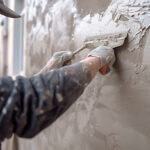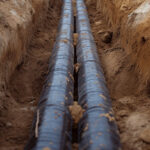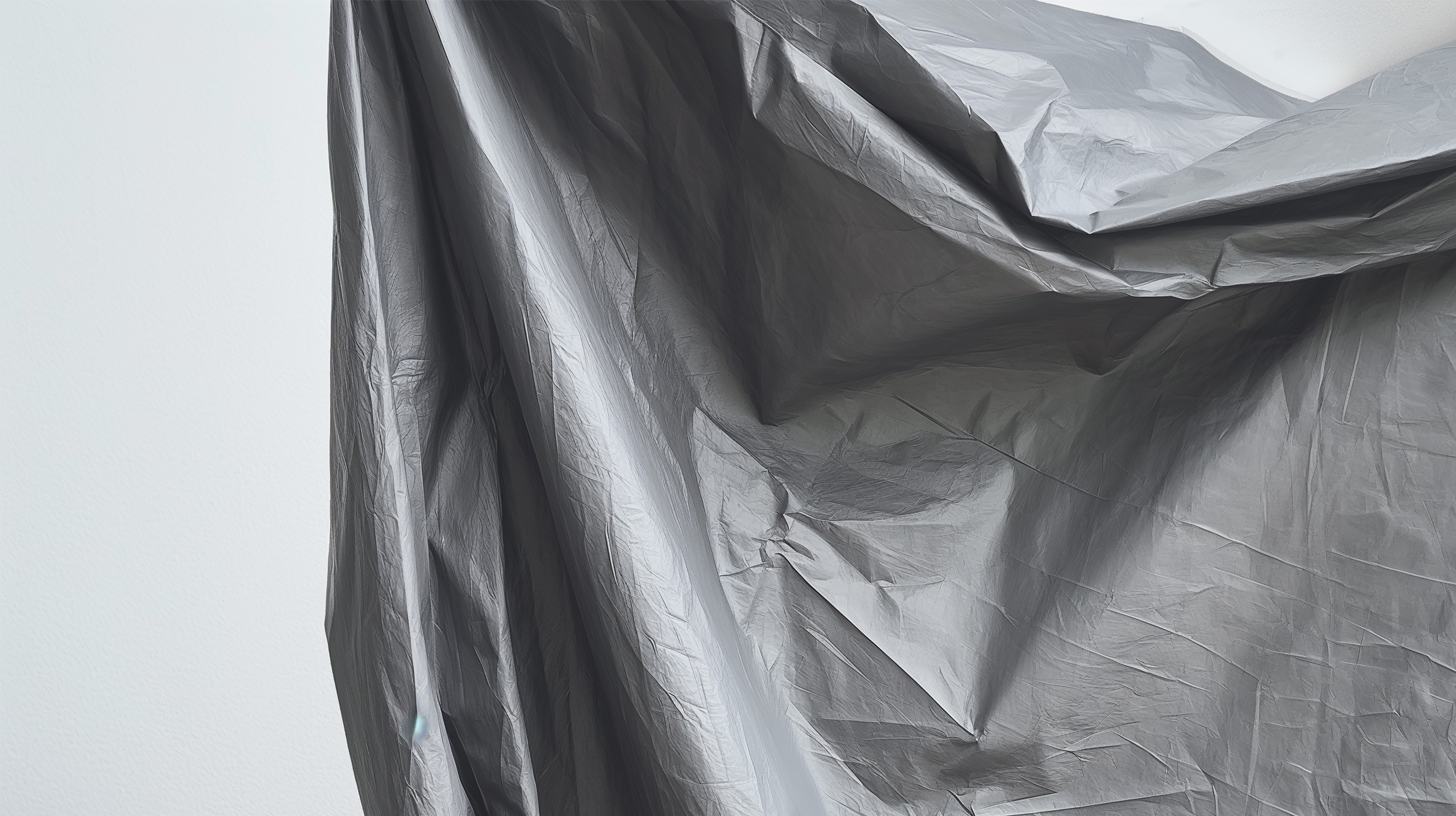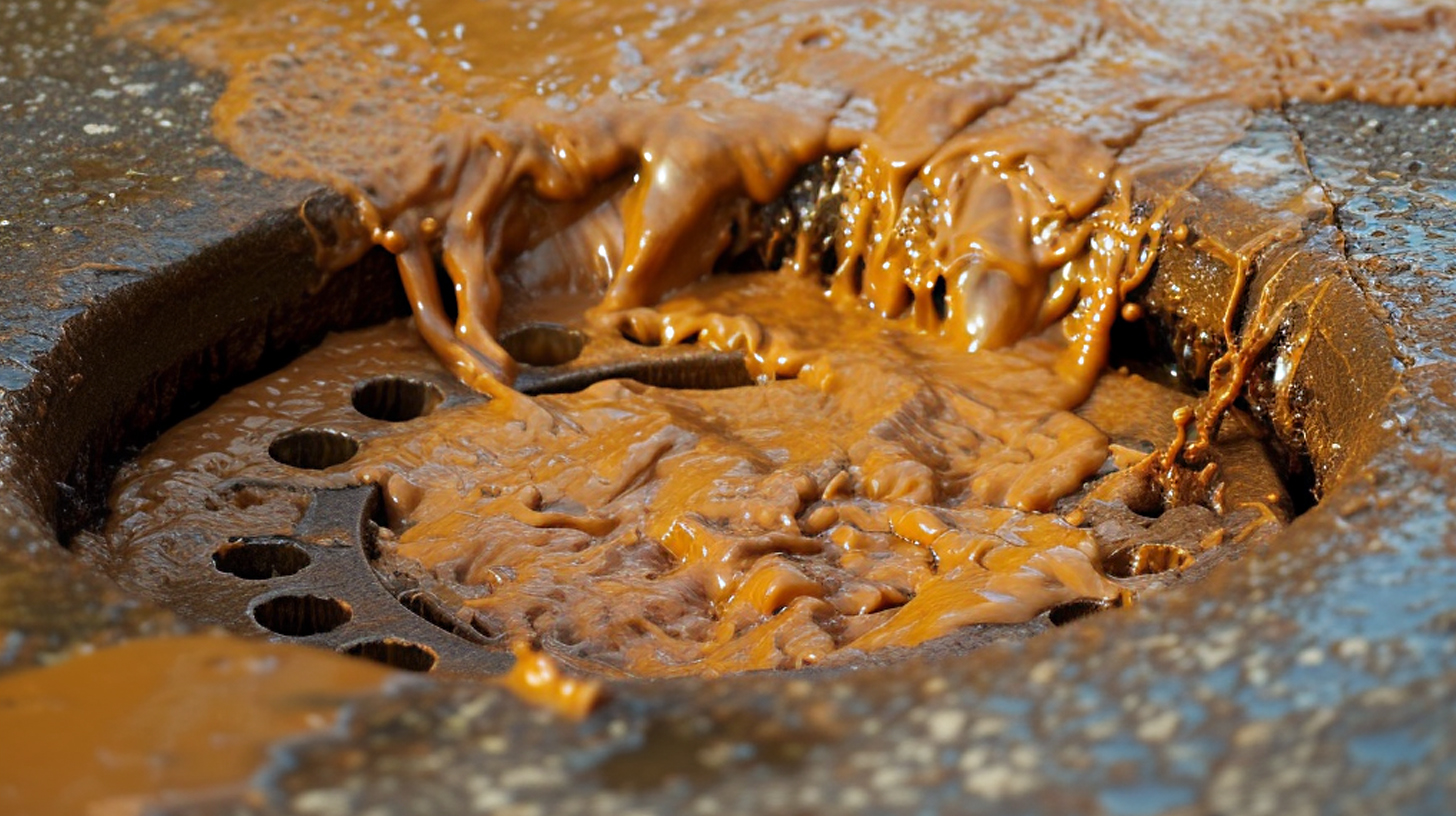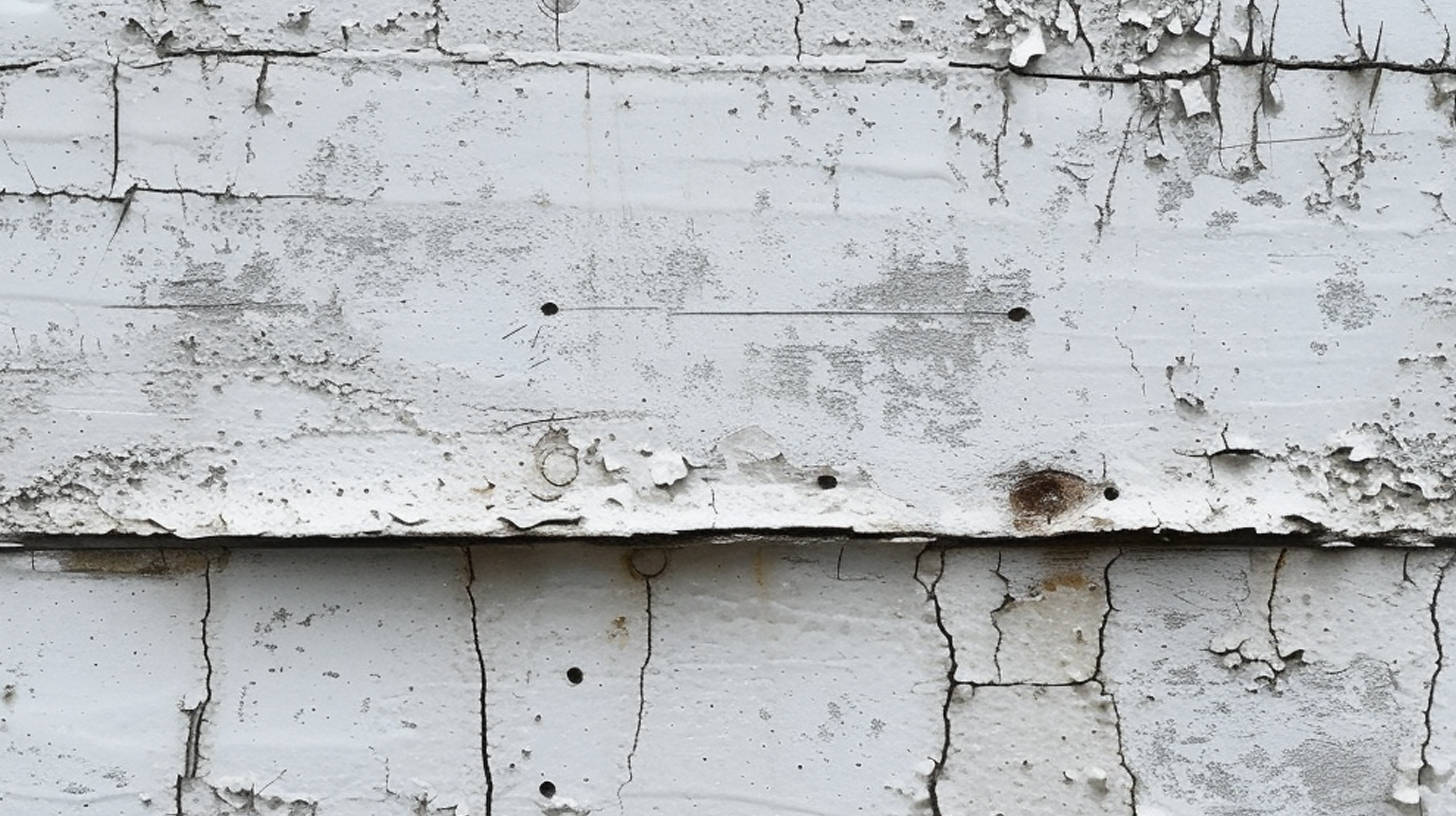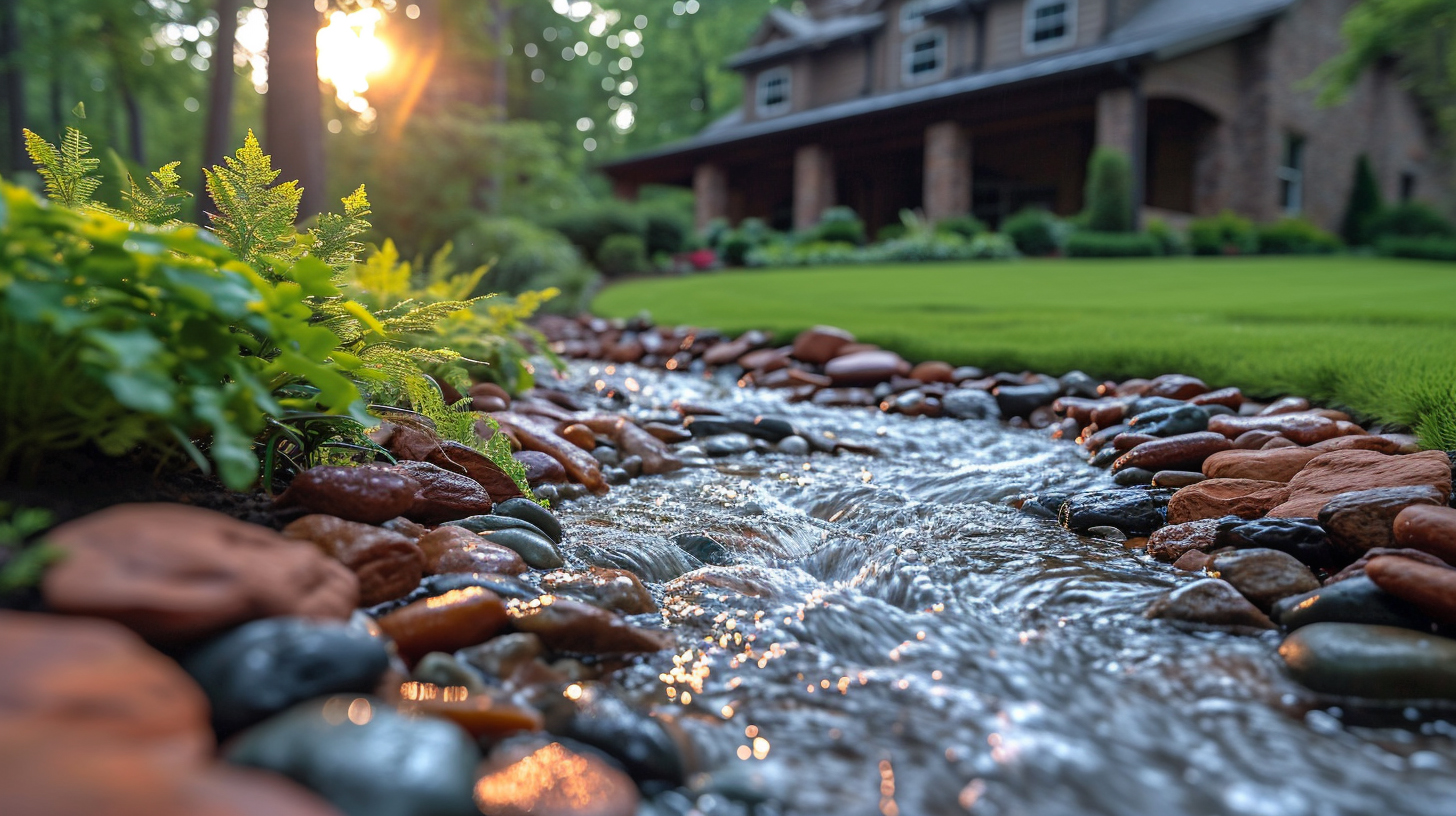Understanding the Purpose of a Vapor Barrier in a Basement
Maintaining a dry, healthy basement is essential for the structural integrity of your home and the overall comfort of your living space. One key component in achieving this is the installation of a proper vapor barrier. But what exactly is the purpose of a vapor barrier in a basement, and why is it so important?
The primary function of a vapor barrier in a basement is to control moisture and prevent condensation. Basements are prone to high humidity levels due to their proximity to the ground and lack of natural airflow. Without a vapor barrier, moisture can seep in through the concrete walls and floor, leading to the buildup of condensation. This excess moisture can then foster the growth of mold and mildew, which can compromise indoor air quality and pose health risks.
By acting as a physical barrier, the vapor barrier blocks the movement of water vapor from the soil or concrete into the living space. This helps to regulate humidity levels and prevent the formation of condensation on the interior surfaces. Proper vapor barrier installation is especially crucial in colder climates, where the temperature differential between the basement and the outside air can exacerbate moisture-related problems.
Incorporating a high-quality vapor barrier is a proactive step towards maintaining a dry, comfortable basement environment. It’s an essential component of an effective basement moisture management system, working in tandem with proper insulation, drainage, and ventilation to create a healthy, livable space.
How a Vapor Barrier Works to Prevent Moisture Issues
A vapor barrier is a critical component in construction that helps prevent moisture-related issues. Its primary function is to restrict the flow of water vapor through walls, floors, and ceilings, thereby protecting the building’s structure and interior from the damaging effects of excess moisture.
The way a vapor barrier works is by creating a physical barrier that impedes the movement of water vapor from areas with high humidity to areas with lower humidity. This is particularly important in regions with varying temperatures and humidity levels, as the temperature and humidity differential can drive water vapor through porous building materials.
Vapor barriers are typically made from materials like polyethylene sheeting, aluminum foil, or specialized coatings. These materials have a very low permeability, meaning they allow very little water vapor to pass through. When installed correctly, the vapor barrier creates a continuous seal that prevents moisture from entering the building’s interior, protecting it from issues like mold, mildew, and structural damage.
Proper vapor barrier installation is crucial to its effectiveness. The barrier must be placed on the warm side of the insulation, creating a continuous seal around all penetrations and seams. This ensures that water vapor is stopped before it can reach the cooler areas of the building, where it could condense and cause problems.
By understanding how a vapor barrier works and its importance in construction, building professionals can ensure that their projects are protected from the damaging effects of excess moisture, helping to maintain the integrity and longevity of the building.
Types of Vapor Barriers Suitable for Basement Applications
Vapor barriers are essential components in basement construction, serving to prevent moisture intrusion and protect the structural integrity of the space. When selecting a vapor barrier for a basement application, there are several options to consider, each with its own advantages:
Plastic Vapor Barrier: A plastic vapor barrier, typically made from polyethylene, is a popular and cost-effective choice. These sheets create an effective seal against moisture, making them suitable for use in basements.
Foil Vapor Barrier: Foil vapor barriers offer superior performance in terms of vapor transmission resistance. The reflective surface also provides additional insulation benefits, helping to maintain a comfortable temperature in the basement.
Vapor Barrier Membrane: Vapor barrier membranes are multi-layered products that combine the moisture-blocking properties of plastic or foil with additional features, such as enhanced durability or thermal resistance.
Vapor Barrier Paint: For a more seamless application, vapor barrier paint can be applied directly to basement walls and floors. These specialized paints create a continuous, airtight seal to prevent moisture infiltration.
Vapor Barrier Sheet: Vapor barrier sheets, often made from reinforced polyethylene or other high-performance materials, provide a reliable and versatile solution for basement waterproofing and moisture management.
When selecting a vapor barrier for a basement project, it’s important to consider factors such as the specific moisture conditions, the construction materials used, and any local building code requirements. Consulting with a professional can help ensure the most appropriate vapor barrier is chosen for the application.
Proper Installation of a Vapor Barrier in a Basement
Ensuring a proper vapor barrier installation is crucial for maintaining a dry, healthy basement environment. Here are the key steps to follow:
Vapor Barrier Placement: The vapor barrier should be installed underneath the concrete slab, with the dull or printed side facing down towards the ground. This prevents moisture from seeping up through the concrete.
Vapor Barrier on Walls: Along the basement walls, the vapor barrier should be extended up the walls by at least 6 inches and sealed to the wall using vapor barrier tape.
Vapor Barrier Sealing: All seams and edges of the vapor barrier must be carefully sealed using the appropriate vapor barrier tape. This creates a continuous, airtight layer to block moisture.
Overlap and Taping: Sheets of the vapor barrier should overlap by at least 6 inches, with the upper sheet lapping over the lower one. Seal these overlaps thoroughly with tape.
Following these best practices for vapor barrier installation will help protect your basement from moisture damage and create a dry, comfortable living space.
Benefits of Using a Vapor Barrier in a Basement
Using a vapor barrier in a basement offers several key benefits. Primarily, a vapor barrier helps to prevent moisture intrusion and control humidity levels, which can in turn inhibit mold and mildew growth. By creating a physical barrier between the concrete foundation and the living space above, a vapor barrier blocks the transfer of water vapor from the soil into the basement. This maintains a drier, healthier indoor environment.
Vapor barriers also play an important role in insulation. When installed properly between the basement walls and the insulation, a vapor barrier enhances the thermal efficiency of the insulation. This helps to regulate temperatures and reduce energy costs associated with heating and cooling the basement. Overall, investing in a quality vapor barrier is an effective way to protect the structural integrity of a basement and create a more comfortable, livable space.
Protecting Your Basement from Moisture with a Proper Vapor Barrier
In conclusion, installing a proper vapor barrier is a critical step in preventing moisture issues in your basement. By creating an effective barrier between the concrete foundation and the living space above, you can significantly reduce the risk of mold, mildew, and structural damage caused by excess moisture.
When selecting a vapor barrier, look for a high-quality polyethylene or reinforced foil product that meets the appropriate thickness and permeability ratings for your climate and basement conditions. Proper installation techniques, such as overlapping seams and sealing around pipes and electrical penetrations, are also essential for maximizing the barrier’s effectiveness.
By taking the time to install a reliable vapor barrier, you can protect your basement investment and create a healthier, more comfortable living environment for you and your family. This simple yet crucial step is an important part of maintaining a dry, well-protected basement space.


